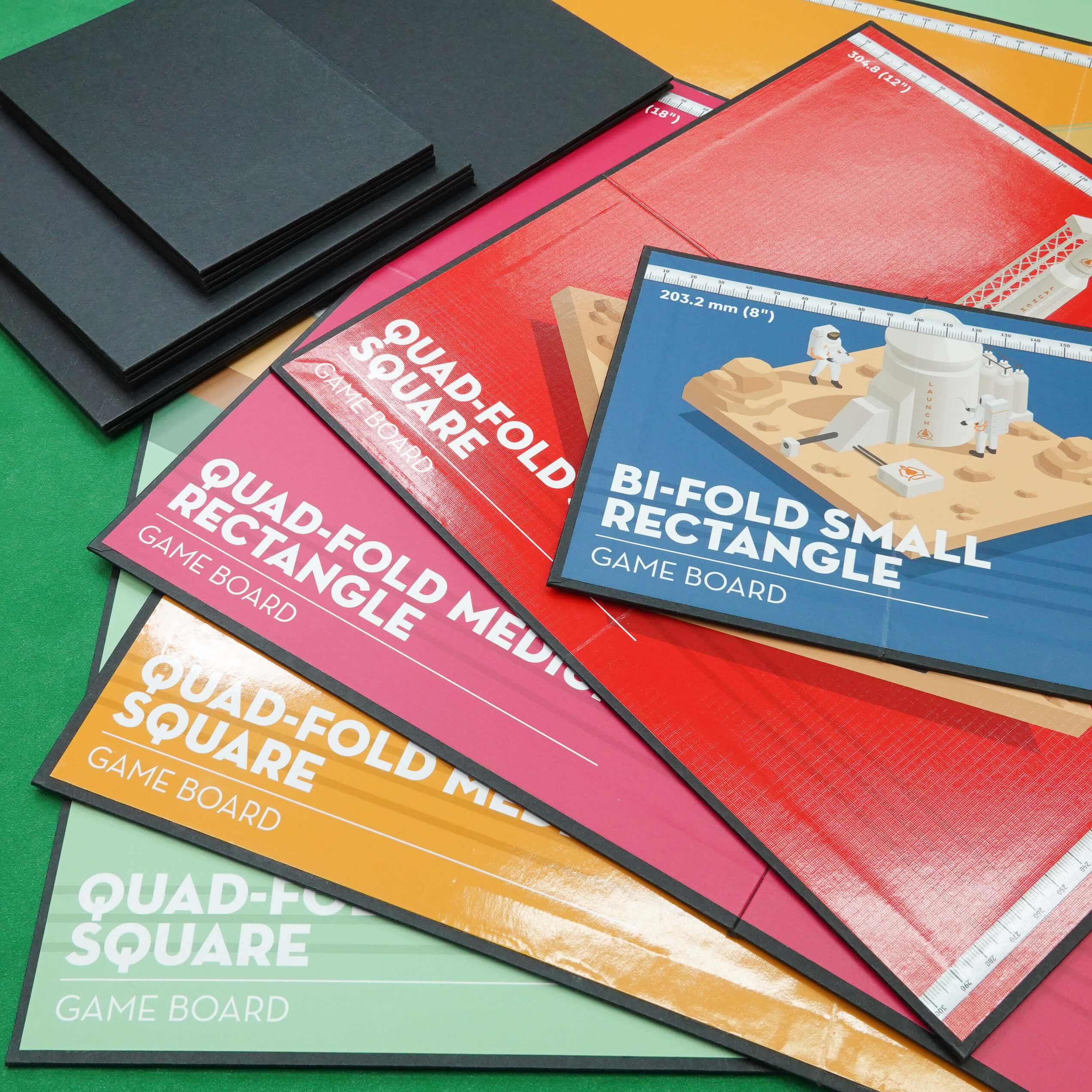The mechanics are the foundation of a great game, driving player interaction and shaping the overall experience. At its heart is a gameplay loop. It repeats actions, like puzzle-solving or overcoming obstacles. It combines this with rewards, like points or new tools. These rules give players choices that affect the game world. This creates strategic depth and skill growth. Balance the abilities to prevent overpowered options. Use progression systems to reward players. The game’s design, worlds, and challenges create a smooth, engaging experience.
Building Immersive Worlds Seamlessly
A deep theme and setting provide the greatest experiences. Relatable characters and touching stories bond the player to the story. Thematic elements in mechanics and challenges create harmony. They help integrate gameplay and story. Lush settings, soundscapes, and lighting create an immersive, alive world. Art direction and deep lore are the things that help players dive deeper into the world of the game. These create a world that resonates with gamers. It’s seamless and emotionally engaging.

Designing Unforgettable Player Experiences
It results in an intuitive design, rewarding progression, and is highly accessible. The mechanics and controls are easy to pick up, design simplicity is evident, and it is responsive. Clear goals and visualization guides avoid frustration. So, players will always enjoy the game. Challenges are well-balanced. Reward players at the right time. Surprise them to keep them engaged. Use adaptive controls and inclusive design to make the game accessible to everyone. Make the game easy to play with intuitive controls and seamless navigation. Add community features like multiplayer and forums to connect players.
Refining Through Testing and Feedback
Iteration and testing are key to refining games and meeting players’ expectations. Playtesting with varied groups found many areas for improvement. Feedback, both quantitative and qualitative, informed changes. In iteration, prototyping-testing-refinement should balance difficulty, pace, and rewards. Agile methods, analytics, and A/B testing techniques will enable continuous optimization. Ongoing support, like bug fixes and content updates, boosts engagement. It encourages player feedback and lets the game evolve with its fans. This cycle of testing and refinement gives us polished, resonant experiences.
Crafting Quality Components and Presentation
Making and packaging a game would enhance its quality and appeal. Durable components and standards ensure that fun will last long. The experience is enhanced by appealing visuals and well-organized rules, making gameplay approachable. Eye-catching, thematic packaging adds to the appeal and protects components. A focus on localization and ecology, plus strict quality control, satisfies many audiences. By paying attention to such details, the developers create stunning, enjoyable games.
The dieline generator requires creativity. The game must engage players. The world must be immersive. It must commit to the player’s experience. The game should value player choices and have a strong story. Key takeaways are: good mechanics, rewarding gameplay, and immersive worlds. The game must be player-centric, with intuitive controls and meaningful progression. Continuously test and iterate on feedback. High-quality production creates a polished, visually appealing experience. Make games accessible, social, and fairly monetized. This creates inclusive, community-driven, and sustainable games. Follow these rules and stay trendy to make games that inspire and connect with players.
